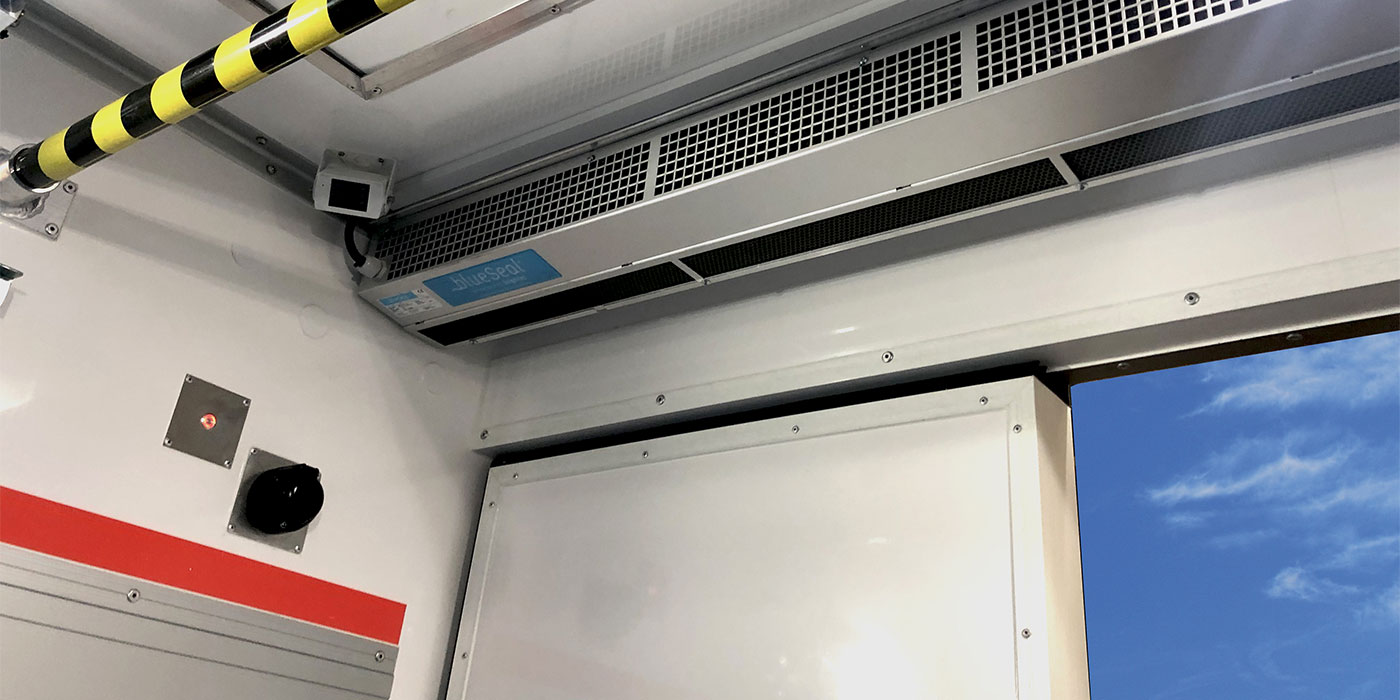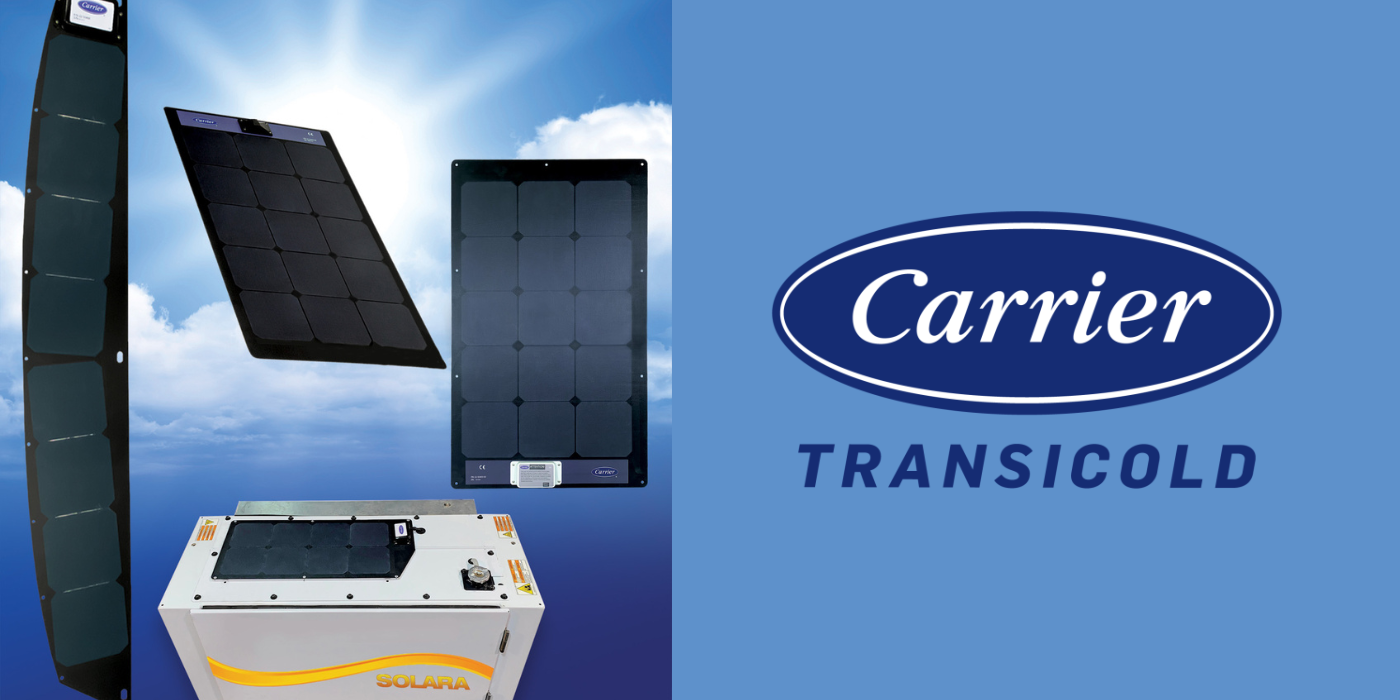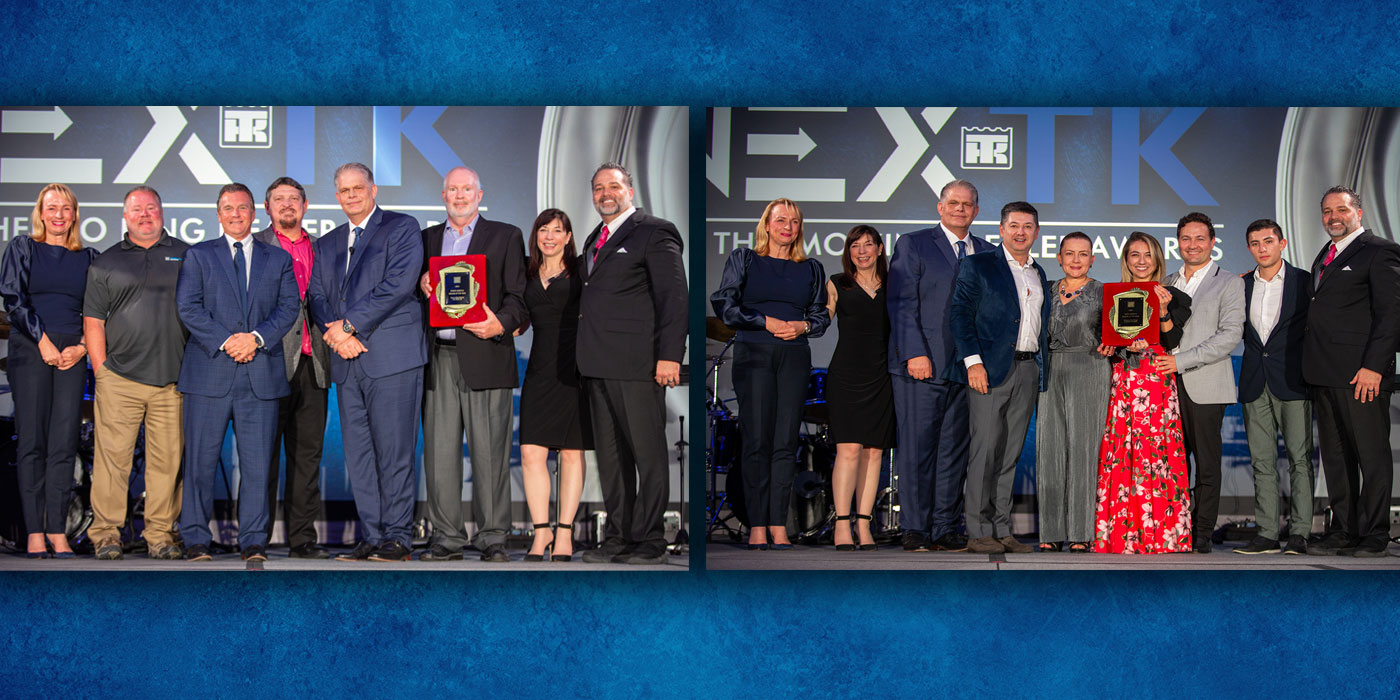aluminum flatbed, dump and transfer trailers. It’s a return ground system (versus the traditional chassis-ground system) eliminating the poor connections that can occur between body, chassis and tractor fifth wheel.
Great Dane Trailers—CorroGuard, introduced in 2007, is designed to fully protect the underbody components of trailers. This is a thermoplastic coating that’s sprayed on suspensions and support gear. It’s said to be extremely durable, air tight and resistant to deicing chemicals, road debris, climate fluctuations and prolonged UV exposure.
SAF Holland—Black Armour is the company’s answer to corrosion resistance for trailer landing gear. Available since 2005, this coating is reportedly much more durable, flexible and protective than paint. According to the company, Black Armour provides a skin that’s 10 times more impervious to water than a swimming pool coating.
PACCAR—RoadLeveler, a PACCAR parts brand, announced in November a manufacturing technique for its new and relined brake shoes. The process starts with precision stamping, or “coining” of shoes to ensure an exact radius and depth. A special anti-corrosion enamel is then applied and baked at 200 degrees for several cycles.
Truck-Lite—The Super 50 junction box for trailers, launched in 2008, is made from chemical and impact resistant ABS plastic. It features a clear lid that allows easy inspection of wiring inside the box. The assembly is sealed from exterior contaminants. Four mounting holes on the base are eyelet-reinforced for increased durability.
Vanguard National Trailer—All three Vanguard models were upgraded with several anti-corrosion features in 2007: galvanized supports for Black Armour coated Holland landing gear (standard equipment) and anodized aluminum gladhands. The company also uses galvanized steel in door headers, sills, threshold plates, mud-flap brackets, front wall posts, bulkheads, logistics posts and roof bows.
Obviously, this list is just a sample of some of the more recent industrial efforts to quell road chemical-induced corrosion. It’s probably accurate to say that nearly all vehicular-
related manufacturers are refining their products in some way to deal with the issue. In doing so, of course, they must balance the cost and benefit of each improvement. There is a limit to the amount of money buyers are willing to spend for trucks, trailers and parts, no matter how well they’re made.
Absent something like a completely corrosion-resistant reefer van trailer—or intensified global warming that eliminates the need for deicing chemicals—owners must also play a role: washing equipment as often as possible, avoiding maintenance procedures that exacerbate the problems, spec’ing quality components and properly covering bare steel and iron with paint soon after it’s exposed. Anything short of these basic practices is akin to welcoming much bigger, and more expensive problems.



